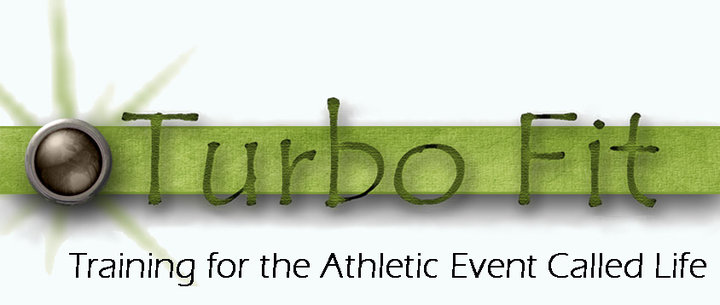Well it’s that time of year again. That time of year where we make all sorts of ambitious fitness and weight loss goals and then ditch them by about mid-January because no one is holding us accountable. Lame!
Let’s get back to the basics by figuring out how to set goals we will keep. This post probably sounds a lot like the one I posted on motivation a while back but I feel it’s worth repeating.
Step 1: Pull out your New Year’s Resolutions (if you don’t have one, now’s a great time to start).
Step 2: Cross out all your fitness goals and start over! (Yes, I mean that.)
The biggest thing to remember is to start small with short term goals. Short term goals allow us to see the progress we make and help us to feel good when we can cross things off our list often. Some examples of short term goals are: Lose 5 pounds. Exercise 1 day per week (for those who are currently inactive all through the week). Exercise 3 days per week or more (for those of you who are ready to kick it up a notch). Find a new cardio activity I enjoy. Create a new fitness routine for myself and keep it for at least three weeks.
All of these are examples of short term goals. If none of these are part of your desired short term goals, no biggie, just make sure your short term goals are something you can accomplish anywhere from a few weeks to a few months.
It is important to set long term goals as well. If you feel more comfortable with starting out making long term goals first, feel free. Your short term goals should lead up to your long term goals. For example, if my long term goal is to lose 20 pounds this year my short term goals will look something like this: Switch to whole grain breads, rice, cereal, and pasta. Eat more fruits and vegetables. Exercise 3 days per week. Lose 5 pounds by March. Lose another 5 pounds by June. Lose 5 more pounds by September. Lose final 5 pounds by December. See how that works? All of my short term goals are leading up to my long term goal of losing 20 pounds. Having small goals to accomplish along the way seems a lot less intimidating than the daunting long term goal.
If my long term goal is to be able to run a marathon by the end of the year my goals will look something like this: Start running. (Easy enough.) Adopt healthier nutrition habits. Create and begin a weight training program. Purchase fast pace music to train with. Find a marathon training schedule adapt it to fit my needs. Follow through.
See, it’s simple. We need goals to keep us on track but we also need goals that are possible and realistic. I can’t set a goal of “run a marathon by the end of the month” or “lose 50 pounds this month” and expect it to happen. We’re setting ourselves up for failure if we expect that for ourselves. Having a huge goal is great, just make sure it’s a long term goal and that you have smaller goals that help you on your path to completing your long term goals.
I hope this is a helpful reminder. Happy goal setting!

Great post. I'm great at making big long term goals, but making smaller goals that will actually bring success... well, I always forget to make those ones. Thanks for the advice.
ReplyDeleteWe all have that issue. We get big picture really easy but we don't really know how to make it happen. Short term goals are the way to go! If you need help let me know and I'm happy to help you!
ReplyDelete